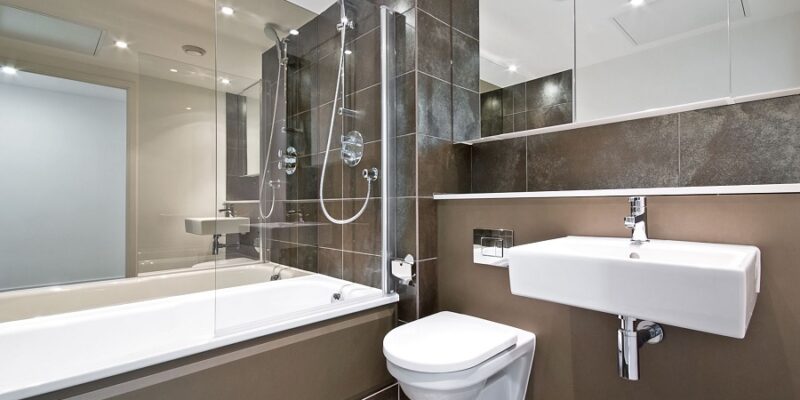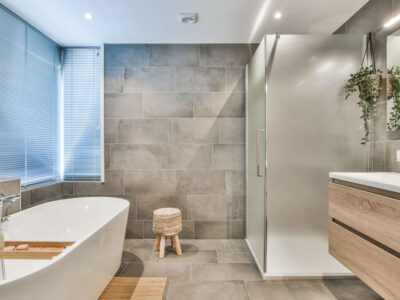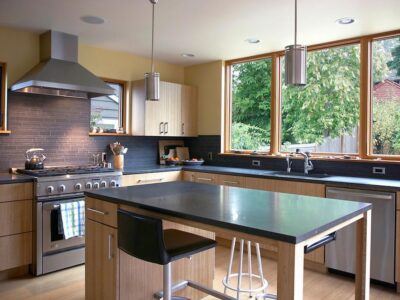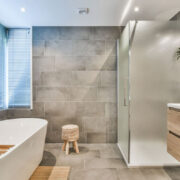
The bathroom is an indispensable space in any home, but for individuals facing mobility challenges or disabilities, it can become a source of frustration and discomfort. Fortunately, there are numerous accessible changes that can be made to transform a conventional bathroom into a functional and accommodating space for everyone. This blog post explores some practical and inclusive modifications that can be implemented to create a more accessible bathroom without compromising on style or functionality.
Installing Grab Bars
One of the simplest and most effective modifications to enhance bathroom accessibility is the installation of grab bars. These sturdy bars provide crucial support and stability, preventing slips and falls – particularly when getting in and out of the bathtub or shower or while using the toilet. Strategically placing grab bars at appropriate heights near the toilet, in the shower, and around the bathtub caters to various needs. When making accessibility changes to your bathroom, always ensure you go to professional companies that offer quality mobility bathroom supplies.
Creating a Curbless Shower
Traditional showers with high curbs can be obstacles for people with mobility issues. By opting for a curbless shower design, one can eliminate barriers and allow easy entry for wheelchair users or those with limited mobility. Moreover, it creates a seamless, modern aesthetic, enhancing both accessibility and the visual appeal of the bathroom.
Considering a Walk-in Bathtub
For individuals who find it challenging to step over the high walls of a conventional bathtub, a walk-in bathtub is an ideal solution. Walk-in tubs have a door that opens, allowing users to walk in without having to climb over the edge. These tubs often come with built-in seats and handrails, providing a safer and more comfortable bathing experience.
Optimizing Sink and Countertop Heights
Adjusting the sink and countertop heights can significantly improve accessibility in the bathroom. Lowering the sink and countertop to wheelchair height or providing clearance for seated users ensures that everyone can use these facilities comfortably and independently.
Installing Lever Handles
Traditional round doorknobs and faucet handles can be challenging for people with limited hand strength or dexterity. By swapping them out for lever handles, the bathroom becomes more accessible and easier to operate with a gentle push or pull. Lever handles provide a smooth grip, minimizing strain and making it effortless for all users to access bathroom fixtures.
Improving Lighting
Good lighting is crucial for any bathroom, but it holds even greater significance for those with visual impairments or mobility challenges. Ensuring the bathroom is well-lit and using task lighting near mirrors and shower areas reduces shadows and increases visibility.
Incorporating Non-slip Flooring
Slippery floors can pose a significant safety hazard, especially in a bathroom. By considering non-slip flooring options, such as replacing glossy, smooth surfaces, the risk of falls can be reduced. Various stylish and non-slip flooring materials are available that offer both functionality and beauty.
Creating an accessible bathroom is a vital step towards promoting inclusivity and ensuring that all individuals can maintain their independence and dignity. The modifications mentioned in this blog post offer practical yet effective changes that can be made to transform any home bathroom into a more inclusive and accommodating space. Whether the person is facing mobility challenges, aging-related concerns, or a disability, implementing these changes will undoubtedly improve safety, convenience, and overall quality of life in the bathroom. Embracing accessibility leads to a more welcoming and supportive environment for everyone.











